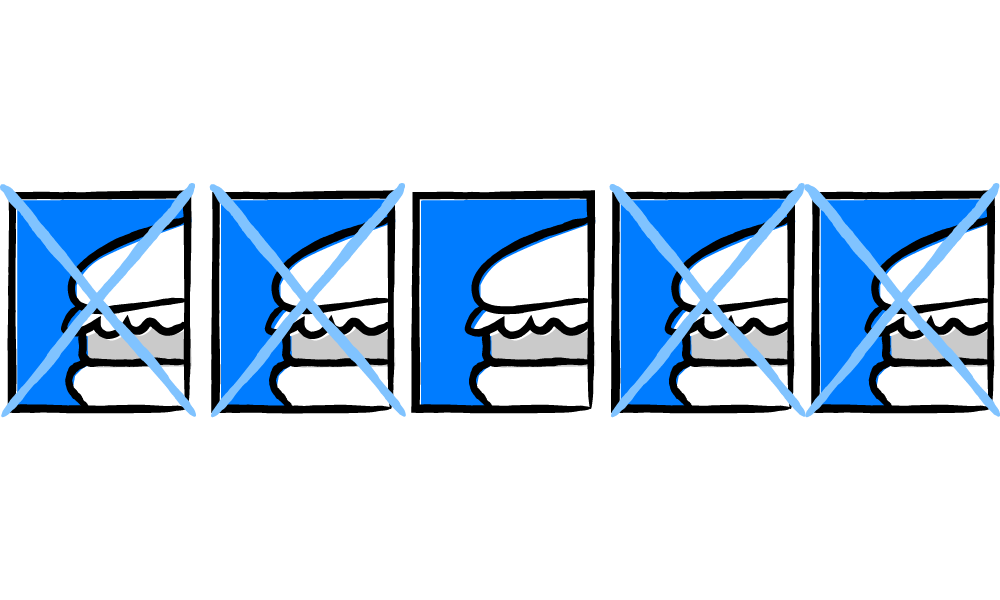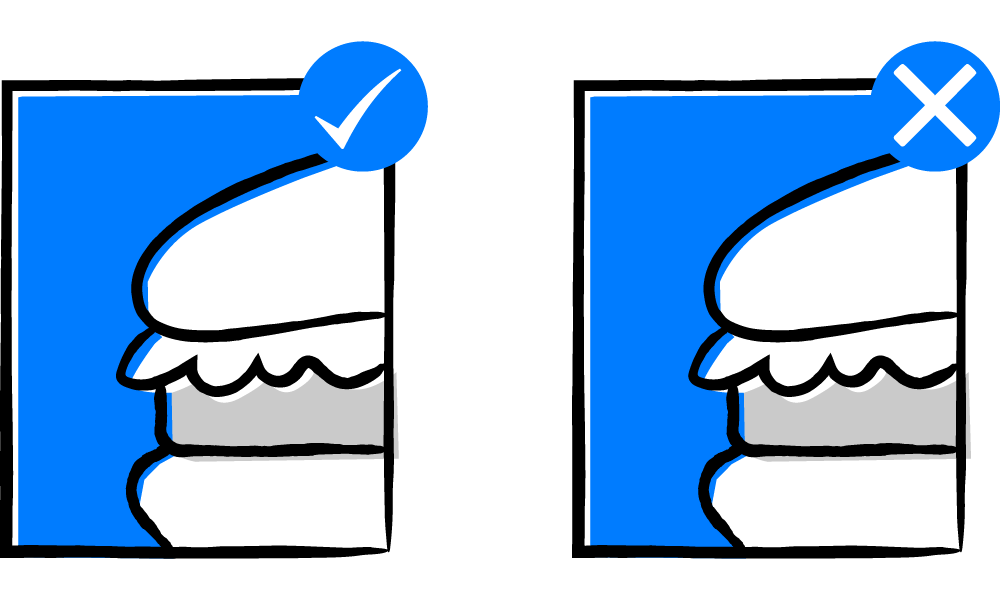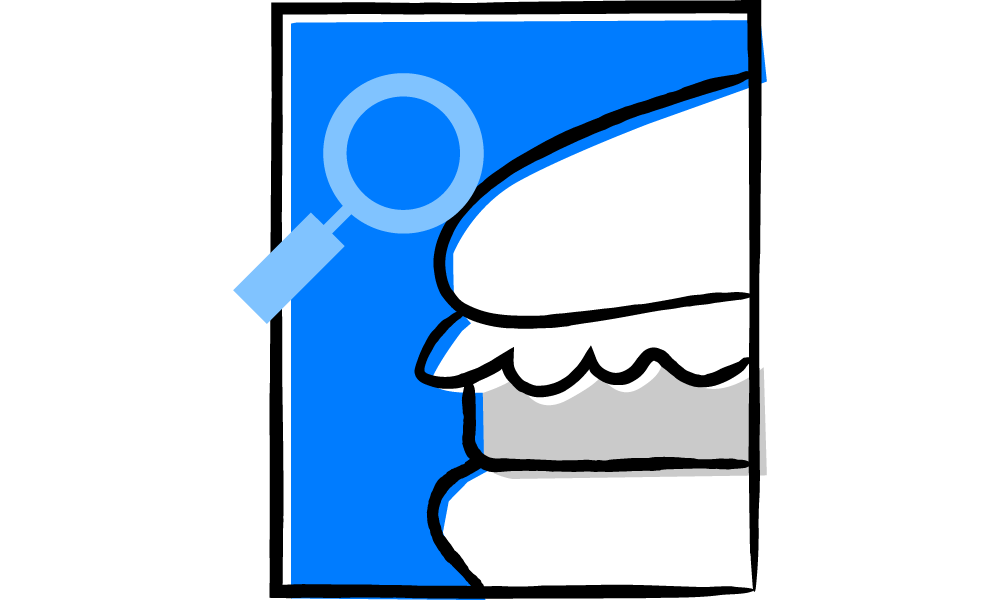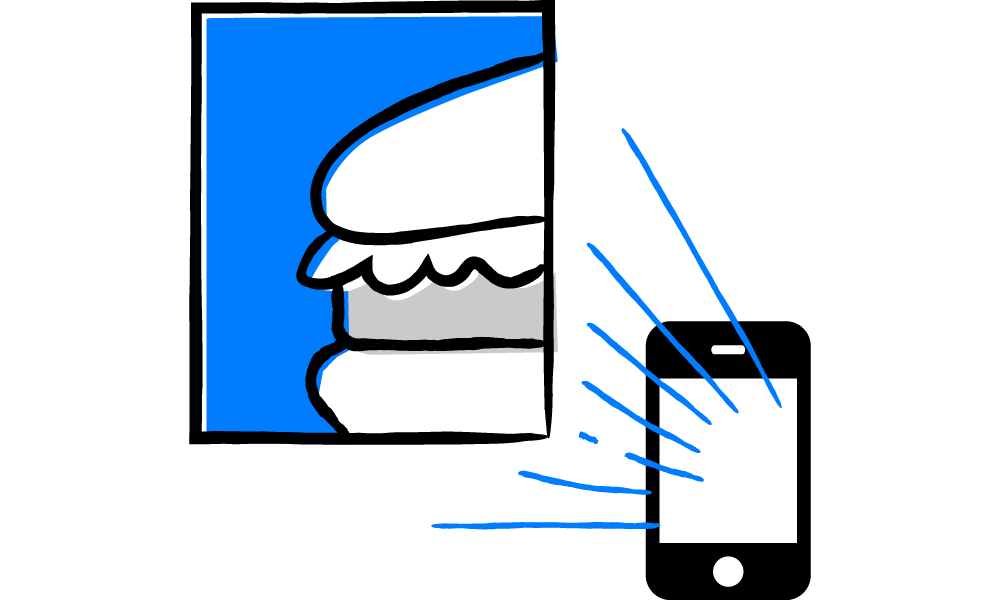Properties of NFTs
Aside from being non-fungible, NFTs are also unique, indivisible, authentic, and portable
Let’s imagine Lia and Luis transformed their works into NFTs to establish ownership – the next question that may come to mind is, “What other properties do NFTs have aside from non-fungibility?” A lot, actually! These include, but are not limited to, uniqueness, indivisibility, authenticity, and portability.

Uniqueness
More often than not, the originality of a digital asset is hard to determine online, given how easy it is to copy-paste artworks, photographs, writings, etc. This limits artists, content creators, and businesses’ ability to fully take advantage of the digital space. This is where NFTs can come in.
Unlike fungible assets, NFTs are one-of-a-kind. If an artist turns their artwork into an NFT, the blockchain secures their artwork’s originality. No matter how often the artwork is copied across different online platforms, the originality of the artwork lies with the NFT created by the original artist.
Take Bored Ape #7990 from the Bored Ape Yacht Club (BAYC), for example. This artwork can easily be copy-pasted online. However, no matter how many visual copies exist, the original version will always be defined through the metadata of the NFT. Even if an impostor makes these visual copies into NFTs, it can be determined which NFTs are the original through the NFT’s code and provenance, which is the next property we will discuss.

Indivisibility
If you want to transfer an NFT, you will have to transfer the whole token. It’s not possible to divide your NFT into smaller fractions, just as you can’t expect to cut your vintage watch in half and expect it to retain its value. This reinforces ownership of the asset as the next owner can ensure that the NFT can be verified and still exists as one piece before buying the asset.

Authenticity
NFTs can easily be authenticated through the provenance available with NFTs. Provenance is defined as a historical record of ownership of an object or item. In the past, provenance or verifying authenticity was barely possible with digital items such as artworks and photographs. All this changed with NFTs.
Since NFTs are based on a blockchain, anyone can track an NFT’s historical movement no matter where it goes. To review, the blockchain is a publicly viewable ledger available to anyone in the world. The main way to check an NFT’s historical movement is through blockchain scanners such as Etherscan, Polygonscan, and Solscan.
Going back to our Bored Ape example earlier – we can find out who owns it by simply going to its OpenSea website and checking the wallet after “Owned by.” Doing so will take us to a wallet named ‘SC30’, which we know is Stephen Curry’s NFT wallet!
When it comes to traditional art, one often must go through expensive processes to verify an artwork’s authenticity. With NFT provenance, collectors can easily verify the artwork’s originality by looking at past ownerships. NFT provenance can also add value to an object depending on who previously owned it. Imagine if Maria owned a certain NFT. The fact that Maria owned that NFT would immediately make it more desirable. Being based on the blockchain does two things: helps prove authenticity and adds a layer of value.

Portability
NFTs are portable and easily accessible. Like cryptocurrencies, NFTs can be stored in a digital wallet, allowing you to bring your NFT anywhere and still maintain access to it from devices like your phone or personal computer. This is a fundamental advantage compared to traditional physical assets that you need to carry, store, or deliver.
For example, if you send a physical asset to another owner in another country, you would need to ship it by air or sea, which can have risks like the plane malfunctioning or scratching the artwork in the storage area. NFTs, on the other hand, can be transferred with a click of a button, throwing out the need for any logistics to take care of.


Powered by Bitskwela
Got more questions about Crypto and NFTs?
Check out our GCrypto Learning Hub to learn more!




